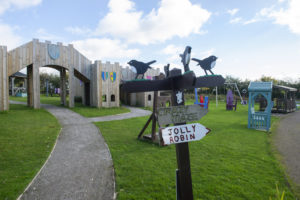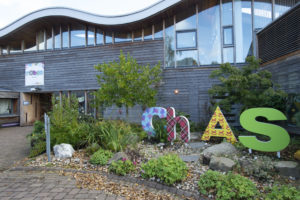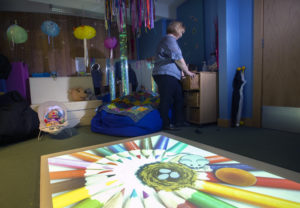Caroline Porter
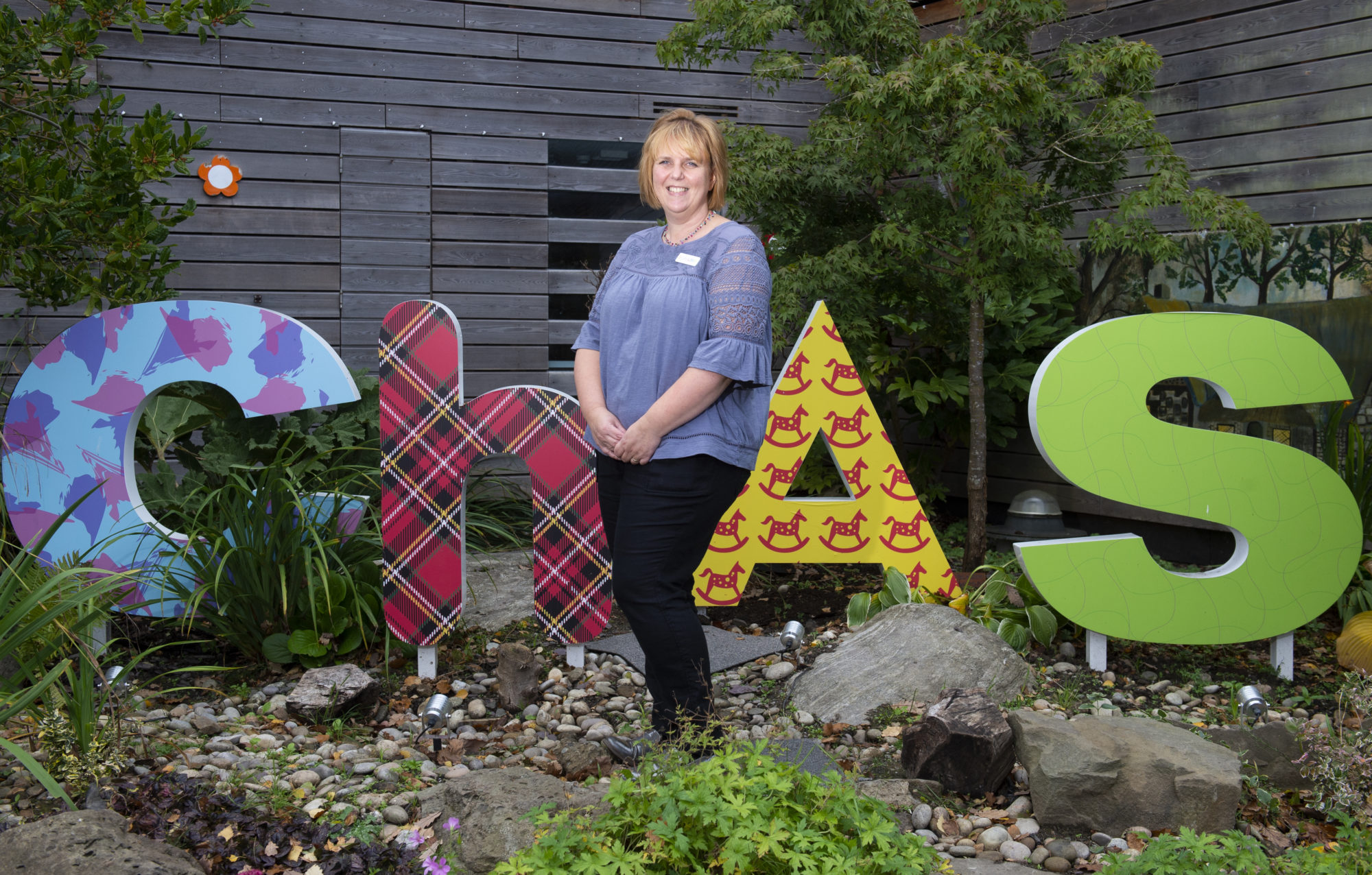
Caroline Porter works for Children’s Hospices Across Scotland – better known as CHAS – as a Diana Children’s Nurse, named in honour of Princess Diana to commemorate her life and work. Caroline brings palliative care nursing expertise to babies, children and young people and their families.
Nursing wasn’t always something I wanted to do. I had a family friend who I looked up to who was as a nurse and it seemed the right path to follow. Luckily for me, there hasn’t been a day I’ve regretted my decision. I did my general training at the Royal Infirmary in Edinburgh and once I qualified, I worked in intensive care. During my training, I had enjoyed my paediatric placement immensely so when the opportunity came up to do a children’s nursing conversion course in Glasgow, I went for it. This led me to working in paediatric intensive care for the next 10 years.
I went on to undertake a BSc in Community Nursing with a Specialist Practitioner Qualification in Community Children’s Nursing (CCN) and I spent seven years working in the community before joining CHAS in 2009 as a Senior Staff Nurse at Robin House Children’s Hospice in Balloch. In 2012, I qualified as the first independent non-medical prescriber within CHAS and for the last four years, I have been working as a Diana Children’s Nurse. Currently, I am one of only three nurses to be appointed in Scotland to the post.
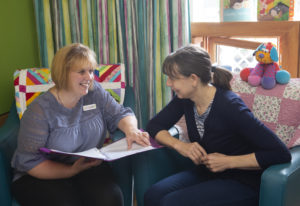 As a Diana Children’s Nurse, I cover five health board areas across the West of Scotland, acting as the point of contact between hospitals, families and CHAS. I advocate for increased access to specialist palliative care in whatever setting it is required.
As a Diana Children’s Nurse, I cover five health board areas across the West of Scotland, acting as the point of contact between hospitals, families and CHAS. I advocate for increased access to specialist palliative care in whatever setting it is required.
A key function of the role is to promote choices of care for families, to support them to be where they want to be, particularly when their child is nearing end of life. Every day is different – I could be meeting children and families in hospital or I could be delivering education and training sessions to community and hospital-based nurses around anticipatory care planning.
The role also requires strategic influencing and leadership to steer policy and practice change at organisational, health board and national levels. Two years ago, I became the co-chair of the Scottish Children and Young Peoples’ Palliative Care Network and in that time, I have chaired the development of national guidance on taking a child home after death and am part of the steering group developing a new national managed clinical network.
My previous role as a Community Children’s Nurse provided a real insight into how families live their lives on a day to day basis and allowed me to see the financial, social and emotional pressures families cope with following a palliative diagnosis.
I feel privileged to do the job that I do. I learn so much from the children and families that I meet, their resilience and strength in the face of such adversity is truly inspiring and drives me to do the best I possibly can for them.
Robin House really is a community, it is a home from home for families. It has a hydrotherapy pool, art room, a beautiful accessible garden and grounds. All the bedrooms open straight to the outdoors and there are areas for families and siblings to relax.
It’s not all about end of life care. We offer something really positive about living, and the good living that is to be done. A lot of the work I do is with children who have been in intensive care for a long time, arranging for them to visit Robin House for short breaks on pass or stepdown care from hospital.
At the heart of my role is identifying the hope that can be found, even in the worst of situations. One mum said to me that I gave her hope when all around her people were taking it away – it’s about instilling confidence in parents when they feel like there’s nothing else that can be done. We can’t save their child’s life, but what we offer instead is an environment where they can do something lovely with their child to create precious, cherished memories that will endure long after they have died.
There are obviously moments of deep sadness at Robin House but it’s not the focus. It is a bright, vibrant place – it’s about offering families choice. Once families make that initial step into the house, their concept of what a children’s hospice is changes completely.
My Queen’s Nurse issue for development is collaborative 24-hour end of life care always being available for babies, children and young people at home within the Glasgow city area. We are already in discussions with the key stakeholders, but this process requires commitment and focus to ensure its full delivery.
I see this as a key role of the CCN team working with CHAS and I will focus on the competencies we are trying to develop with CCN teams, so they get the education and the ability to shadow and learn from Robin House. I will look at how we keep those competencies refreshed.
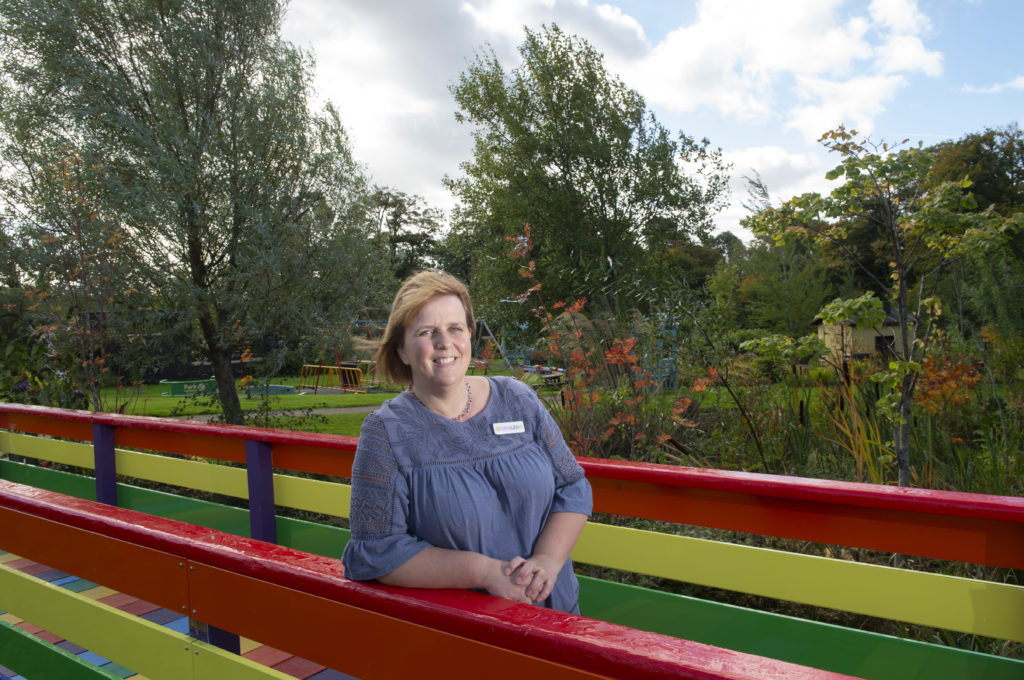
It’s all about offering choice – the choice should be hospital, hospice or home and each one should be equally possible. The important thing is what’s right for that family, it could be any of the three.
With the help of the Scottish Government, CHAS commissioned a ground-breaking piece of research that established for the first time the full scale of the number of children in Scotland with life-shortening conditions. It is from this work that we know three children die each week but the more compelling statistic for us was that we are reaching only one of these families. We need to do much more to reach every family that needs our help and this theme of reaching every family is at the very core of our new three-year strategic plan.
To support this, CHAS is undertaking a programme of recruitment to extend the size and reach of its CHAS at Home Teams. This development coincides with the period of the Queen’s Nurse programme allowing for timely collaboration for this venture. My role in this collaborative service will be to the bridge the gap between hospital, hospice and community, three sectors which I already work across. Working with key stakeholders and planning services, my role will be the central point for education, ensuring my clinical connections partner effectively with acute services, working alongside them to identify the right time to transfer children from hospital to a preferred place of the families’ choice. This will improve choices for families who are facing the death of their beloved child, which sits at the heart of everything we do.
